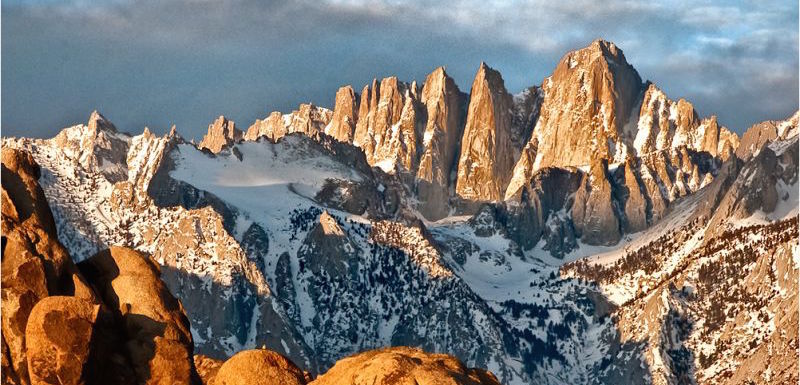NASA’s Global Precipitation Measurement mission has produced its first map of global rain and snowfall. In the most detailed map of Earth’s precipitation that has ever been created, NASA scientists can follow the planet’s weather patterns in near real-time.
NASA teamed up with the Japan Aerospace Exploration Agency (JAXA) to launch the GPM Core Observatory just over a year ago. The Core Observatory, which acts as a tuner to bring together measurements of 12 international satellites, provides a nearly global picture of rain and snow called the Integrated Multi-satellitE Retrievals for GPM, or IMERG.
IMERG provides high resolution data -10 km by 10 km, about the size of a suburb – of over 87% of the globe.
“We are able to measure both regional and global scales of precipitation at a very fine temporal resolution – every 30 minutes,” said Gail Skofronick-Jackson, GPM project scientist at NASA’s Goddard Space Flight Center in Greenbelt, Maryland. “Knowing where, when and how much it rains and snows is vital to understanding Earth’s water cycle.”
Over the past 12 months, NASA has added five missions to its orbiting Earth-observing fleet – the biggest one-year increase in more than a decade. GRM is the first of these five to provide aggregated data.
The five launches, including two to the International Space Station (ISS), are part of an active year for NASA Earth science researchers. They will also be conducting airborne campaigns to the poles and hurricanes, developing advanced sensor technologies, and using satellite data and analytical tools to improve natural hazard and climate change preparedness.

In July of 2014, NASA launched the Orbiting Carbon Observatory 2 or OCO-2, helping scientists see where and how carbon accumulates in the atmosphere. In addition, OCO-2 also tracks where carbon is being absorbed by forests and oceans.
In September of 2014, NASA launched RapidScat, which measures wind speeds and patterns.
The Cloud-Aerosol Transport System (CATS), which launched January 10th, 2015, tracks clouds and dust particles across the globe, two important but little understood factors of potential climate change.
The Soil Moisture Active Passive satellite, also known as SMAP, was launched January 30th, 2015, and will map soil moisture across the planet and detect when the ground is frozen or thawed.
Combined, NASA now has 20 Earth-observing space missions gathering data. The information collected will bring new insights into global rain and snowfall, atmospheric carbon dioxide, ocean winds, clouds, and tiny airborne particles called aerosols.

Image Credit: NASA




